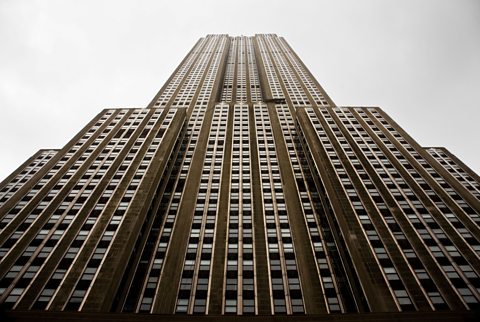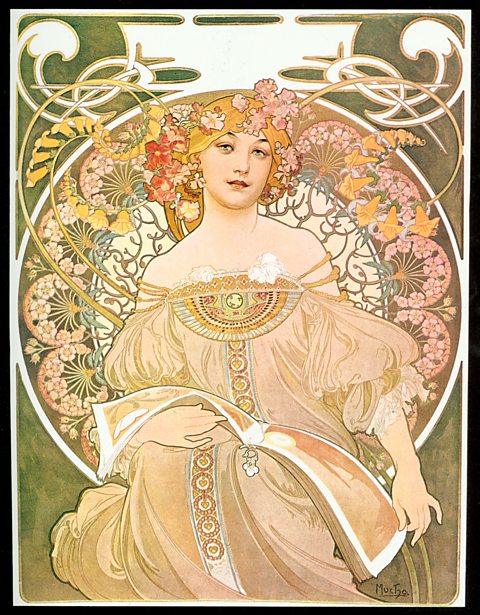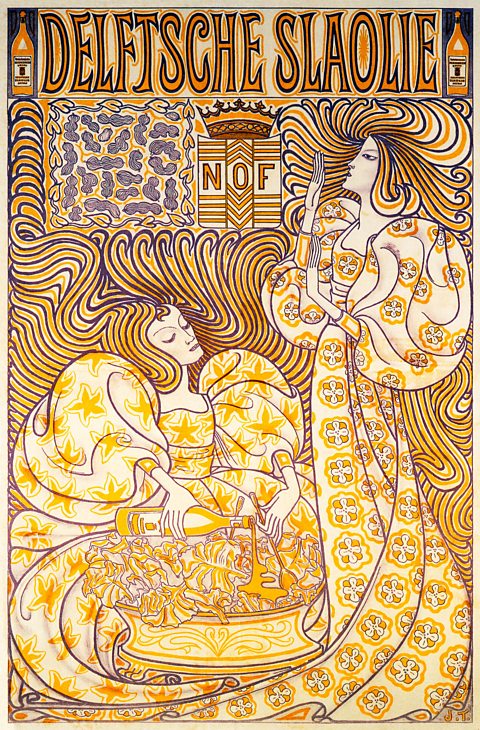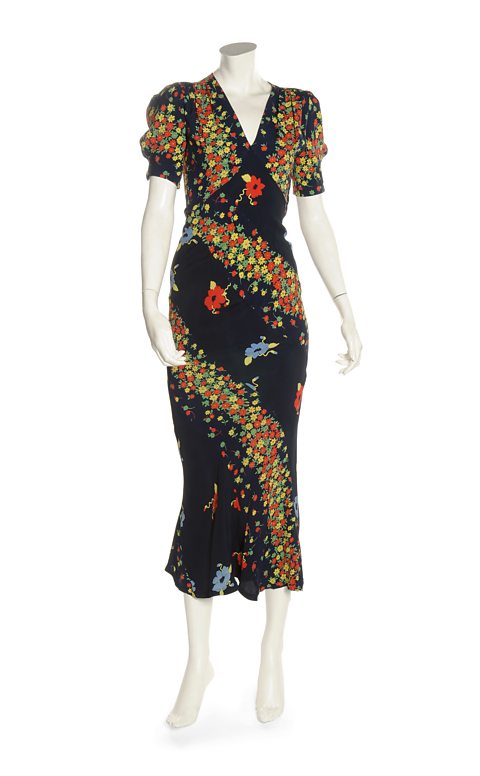Geometric and organic lines
Geometric lines
geometricRelating to geometry and featuring straight lines and regular mathematical shapes and forms such as squares, circles, triangles, cubes and spheres. lines are ones that relate to perfect mathematical shapes and man-made objects. They are straight, regular and uniform. They often follow a specific pattern and can be symmetrical or repeat in a specific way.

The Empire State Building in New York is a piece of Art DecoA design movement from the 1920s and 30s that was inspired by modernism and machinery and which featured simple, stylised, geometric shapes and forms. architecture made up entirely of straight lines.
The windows run up the length of the entire building in long, straight, vertical lines. These emphasise the height of the building.
The overall effect of the geometric lines suggest that the building is strong and stable.


Painting No.II / Composition No.XV / Composition 4 by Piet Mondrian is entirely made of geometric lines and blocks of colour.
These are arranged in a seemingly random way and painted over in places so that they appear faded around the edges of the frame. This makes the composition feel less rigid and perfect that you might expect from a group of purely geometric lines.

Organic lines
Lines that appear natural and imperfect rather than man-made or mathematical are called organic lines. They tend to have less structure, they can change quickly and often don’t follow a particular path or route. Organic lines are curved and irregular.

Reverie (1897) is an Art NouveauA style of art and design from the 1890s to 1910s that featured long flowing lines and organic shapes and forms. poster by Alphonse Mucha.
Mucha used organic lines in a realistic way to suggest the delicate forms of hair and the flowing fabric of the woman's dress.
Swirling patterns and flower forms create a flowing organic background.
The image is given structure by a contrasting geometric line – the white outline of a circle in the background.


Organic lines dominate this poster advertising salad dressing, Delftsche Slaolie (Jan Toorop, 1895).
They are used expressively and the lines of hair and clothing flow together and swirl round filling the frame. Even the shape of the lettering at the top of the poster is curved and flowing.
The result feels very sensual and natural.


Organic line can also be used to great effect in textile design. Ossie Clarke has used the flowing, organic lines of flowers in this dress design.
The line created by the flowers work to help compliment the natural flow of the cut of the dress.
